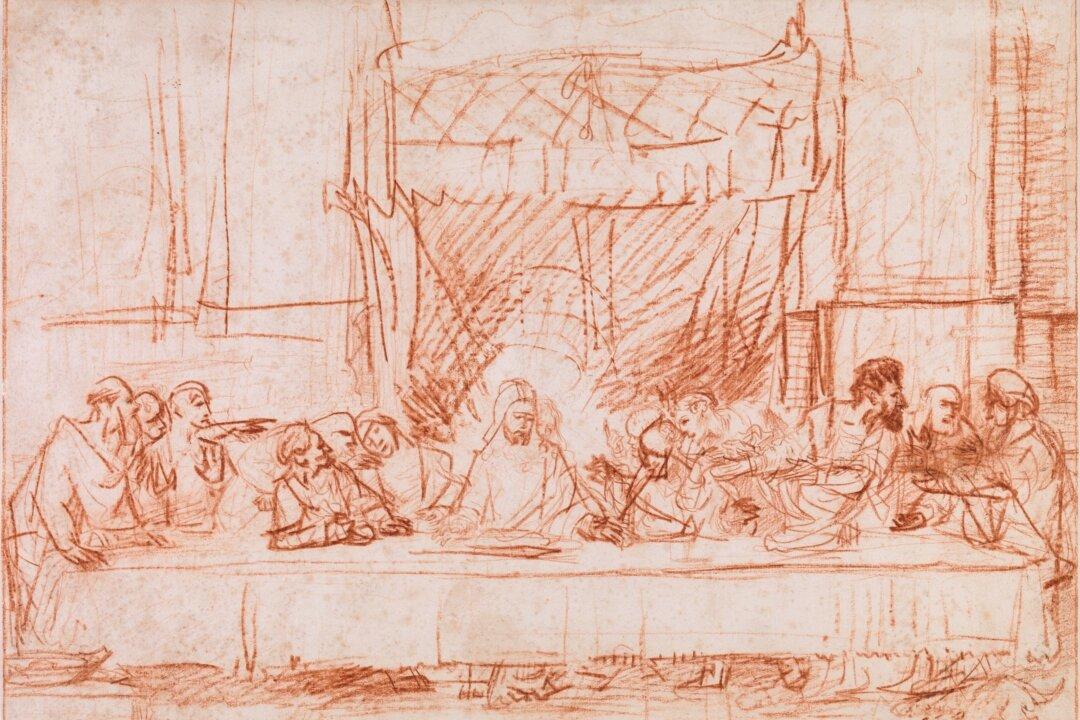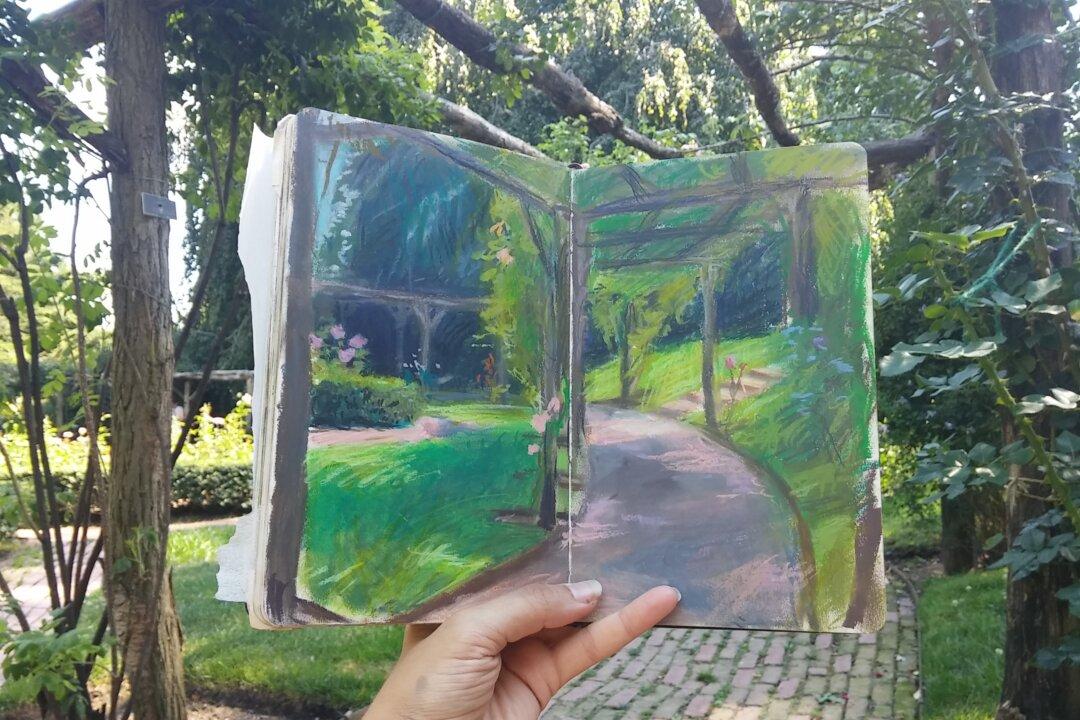NEW YORK—Artistic endeavors usually begin with a drawing. As if taking a cue from “the first art historian,” Giorgio Vasari, who deemed drawing the foundation of all art forms, The Metropolitan Museum of Art is exhibiting some of its most prized drawings in “Leonardo to Matisse, Master Drawings From the Robert Lehman Collection,” until Jan. 7, 2018.
It is the first time the museum has “pulled the greatest hits from the collection of 750 drawings,” said Dita Amory, curator in charge of The Lehman Collection, at a press preview on Oct. 2.






